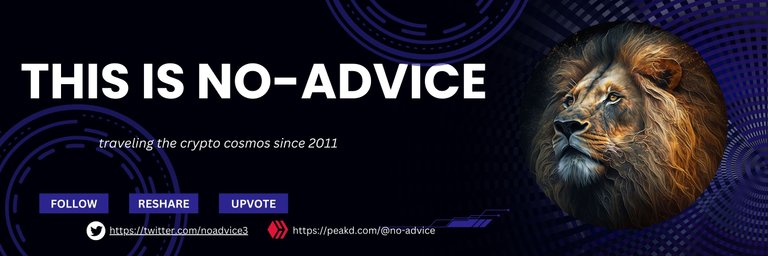How to Evaluate Tokenomics Before Investing

Understanding tokenomics — the economic design behind a crypto token — is one of the most important steps before investing in any blockchain project. A solid token model ensures sustainability, aligns incentives, and supports long-term growth. Weak tokenomics, however, can lead to excessive inflation, short-term speculation, and project collapse.
🔹 1. Supply Dynamics
Check total supply, circulating supply, and the emission schedule. Projects with unlimited supply or aggressive inflation often struggle to maintain price stability.
✅ Look for: deflationary mechanisms (burns, buybacks) or capped supply models that encourage scarcity and long-term value.
🔹 2. Utility and Use Cases
Ask yourself: What does this token actually do?
Tokens should serve a real function — such as governance, staking, transaction fees, or access to platform services.
🚫 Purely speculative tokens without intrinsic demand are red flags.
🔹 3. Distribution and Vesting
Fair distribution is key to decentralization. Analyze how tokens are allocated between founders, investors, and the community.
📅 Vesting schedules prevent large holders from dumping on the market — always review these carefully.
🔹 4. Governance Structure
Projects that include on-chain voting or DAO participation give token holders real power. If governance remains centralized, investor influence is limited — which can be risky.
🏛️ Check whether token holders can propose and vote on key decisions.
🔹 5. Economic Incentives
Strong tokenomics balance rewards with participation. If rewards are too high, they attract short-term farmers. If too low, users lose interest.
💡 Sustainable models use gradual incentives that grow with ecosystem activity.
🧩 Building a Tokenomics Evaluation Routine
Here’s a step-by-step guide for conducting your own tokenomics review:
📘 Start with the Whitepaper
Review official documentation for supply, use cases, and governance.
👉 Source: Project website or GitHub repository.
🔍 Verify Data on Market Trackers
Cross-check numbers on leading aggregators.
👉 Sources: CoinGecko | CoinMarketCap
📊 Analyze Distribution Metrics
Dive into token allocation, vesting details, and unlock schedules.
👉 Sources: Messari | DeFiLlama
🏛️ Assess Governance Participation
Visit governance forums and DAO portals to measure activity.
👉 Sources: Snapshot.org | Project DAO pages
🔗 Monitor On-Chain Activity
Check token holder concentration and movement trends.
👉 Sources: Etherscan | BSCScan
🧠 Pro Tip: Create your own tokenomics checklist and apply it consistently. Over time, you’ll learn to spot red flags — and identify projects built for long-term value.

Posted Using INLEO
Join the new activity from Aeneas Fund:
https://ecency.com/hive-167922/@aeneas.fund/get-a-guaranteed-vote-of
This is a really useful summary ! Something else I'd add is the reputation and previous activity of the team behind the token. If they're anonymous or been involved in previous projects with question marks over them, it's a big red flag for me !
!LOLZ
!PIZZA
!HUG
lolztoken.com
Turns out good players are hard to find.
Credit: marshmellowman
@no-advice, I sent you an $LOLZ on behalf of eii
(1/10)
Farm LOLZ tokens when you Delegate Hive or Hive Tokens.
Click to delegate: 10 - 20 - 50 - 100 HP
$PIZZA slices delivered:
@eii(1/5) tipped @no-advice
Come get MOONed!
💰 Supported @aeneas.fund
1000 ASH burned 🔥
https://bsky.app/profile/did:plc:4lwwxlwc7pemlctzbxjkcm6d/post/3m2e4xfrpmb2c
https://bsky.app/profile/did:plc:4lwwxlwc7pemlctzbxjkcm6d/post/3m2e4xfrpmb2c
The rewards earned on this comment will go to the author of the blog post.